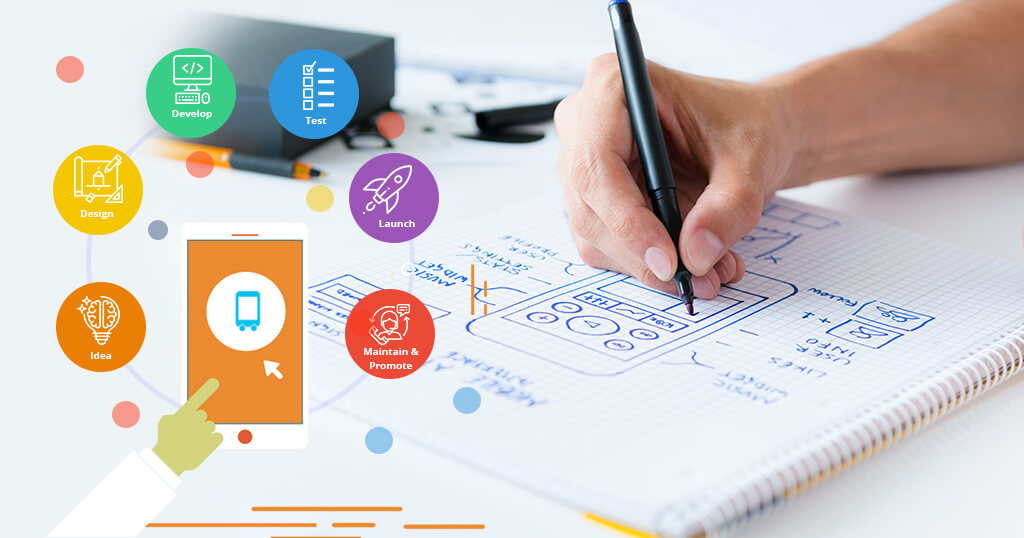
First the client comes with the idea of a mobile application. He provides the terms of reference, or fills in the brief for the mobile application development. All applications are different and developers use different development methodologies: cascade model – Waterfall, and flexible – Agile. Whatever you choose, the mobile app development process includes assessment, analytics, design, development, testing, bug fixing, release and post-release support. The key difference is the approach. In a cascade model, the product is developed completely at once. In a flexible one, the application is developed by iterations, each of which combines all the above mentioned development stages. Reliable mobile app development services will help you understand everything.
Action One – Planning and Evaluation
The first question the client is interested in is, “How much will it cost?” Next to him: “When will the mobile app be ready?” To answer both questions, you need to make an assessment and plan. At this stage, a project manager usually joins the project. He can speak from the customer’s side or from the development team. The tasks of the project manager are to coordinate the work of the team and communicate with the customer.

Action Two – Analytics
Analytics is not always part of the mobile application development process. It happens that clients perform business analysis of an application on their own or come with a ready list of requirements. But those applications, which passed this stage at the developer company, win – it is analytics that helps business and developers to achieve a common vision, and on the basis of this to make a reassessment of the required work and get a detailed budget for the project.
Action Three – Application Design
Sometimes customers come with a ready-made design. If the customer does not have a design, then you need to create UI/UX from scratch. When the analyst gives the designer the basis of the GUI, the work on the visual design begins. The designer draws a screen map, graphic elements, and a detailed prototype, taking into account different scenarios of use.
Action four – Development
When there is a detailed task and evaluation, the design is ready and the prototype of the mobile application is approved, the development begins. The development team writes code to implement the planned behavior of the application and connect the application logic with the server part, if any. The developers also implement the ready design in the code – they prescribe all styles and UI elements with which the application user interacts.
Action Five – Testing and bug fixing
QA engineers connect to the project at the start and test as often as possible. This ensures a high level of quality and helps the client stay within budget.

Action Six – Release
When a series of tests and improvements to an application is complete and developers, analysts, testers and designers unanimously approve the result, it’s time to add the application to the application store – Apple App Store, Google Play or any other service as desired by the customer. For the application to pass the review reviews, the client can ask the developers for help in the release, and can prepare and put the application in the store by himself. There are also custom software solutions that will help simplify the process of developing a mobile application.
Action seven – Support and development
After publishing a mobile application, its story does not end. If the client discovers bugs after the release, they should be fixed. If the first months of the application’s life show where and what needs to be done or redesigned, there are two options: sign a maintenance contract or start a new development phase with the new variables in mind.